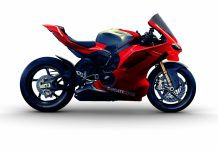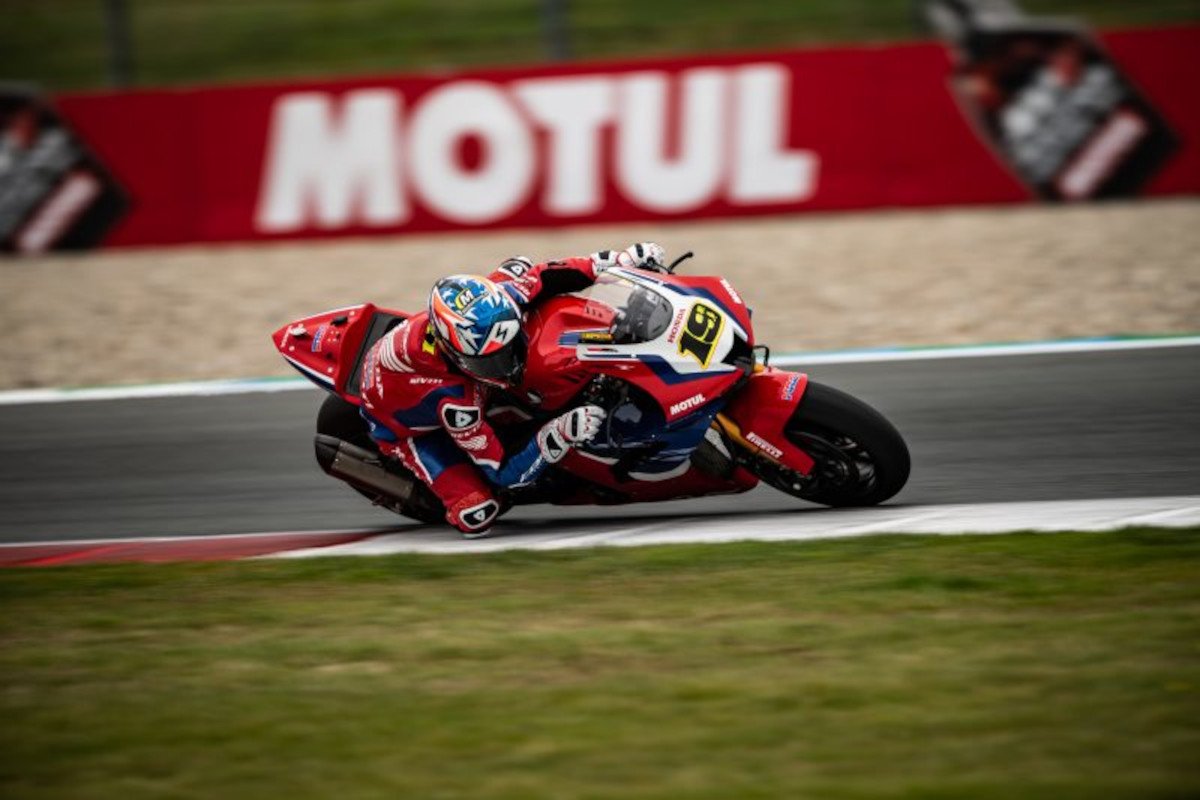It has come to everyone’s attention that there has been an increasing number of fatal accidents with race bikes, particularly in the World Supersport 300 Championship (WSSP300). When these accidents happen, it means that racers are not able to enjoy their youth.
Instead, they are at risk of either getting injured or, worse, losing their lives. The FIM is aware of this situation and has decided to make new rules to keep racers safe. They will also do in the interest of keeping the spirit alive.
Age limit and several entries for events
The minimum age for participation in the FIM Supersport 300 World Championship will be increased from 15 to 16 years to have more mature, experienced riders;
The maximum number of riders permitted in the FIM Supersport 300 World Championship and Supersport classes will be limited to 30 contracted entries plus two wild cards.
In 2023, the age limit of the new FIM Supersport World Championship will be increased from 16 to 18 years old.
These changes formed part of a sweeping change to minimum ages across a broad spectrum of FIM World Championships.
The Permanent Bureau has already announced full details. Similar decisions have been taken by the respective Commissions managing the FIM Circuit Racing activities.
Maximum time to qualify for the race
The riders will have to achieve a total time of 105% (reduced from 107%) of the fastest rider in their class.
Airbag equipment for all riders
The use of an Airbag system will become compulsory in all types (until this year, it was highly recommended).
Dedicated transponders for all Supersport and Supersport 300 classes
Specific and reliable transponders will be on board each motorcycle. To distribute urgent information to the riders via their dashboards. This equipment is already in use in the WorldSBK and MotoGP™ classes.
Reduction of tyres in the SBK class
Also, they will reduce the maximum number of tyres used per weekend in the WorldSBK class from 24 to 21.
It will be the subject of a separate press release.
Supersport “new generation” class,
The Technical rules for the renewal of the Supersport class have been approved. The philosophy guiding these new rules was to find better balances (capacity/power/weight ratio). And to offer new machines that can compete in this new generation “Supersport” class.
They will present the technical rules shortly.
Helmet analysis after a crash or a head injury.
It was essential to permit the expert technical examination of helmets post-incident to formally declare, as necessary. The helmets unusable with the appropriate recording of this information and also to facilitate the ongoing FIM Helmet Project.
The helmets of all riders taken to the medical centre for assessment following a crash must be retained by the medical personnel. Or CMO for control by the Technical Director or Technical Stewards before being returned to the rider or the team manager.
In the event of head trauma, including concussion.The SBK Commission agreed to facilitate further development of the FRHP programme. And develop the following FIM FRHPhe-02 standards for helmets for 2025.
The helmet will be sent to the FIM Laboratory at the University of Zaragoza for an expert examination and a non-destructive analysis.
The Helmet manufacturer will be allowed to attend this analysis. After inspection, they can return the helmet to the rider, the team or the manufacturer.
A further Electronic SBK Commission will be held before the year’s end to ratify the 2022 FIM Superbike, Supersport & Supersport 300 World Championship Regulations.
via FIM




































